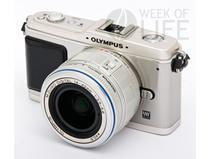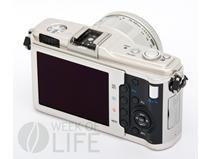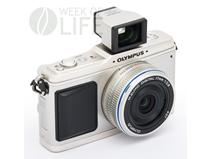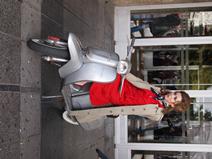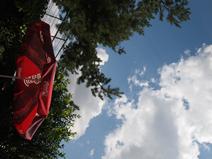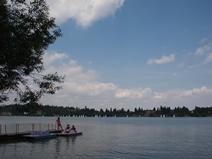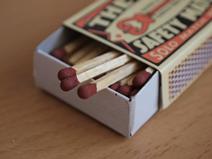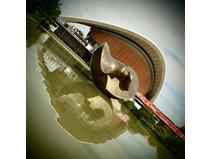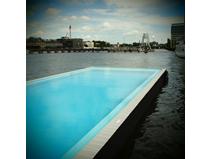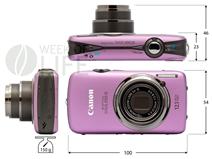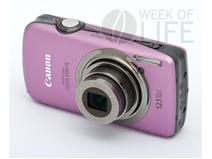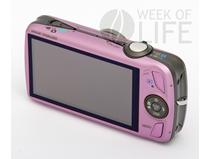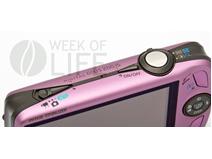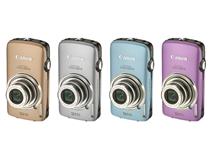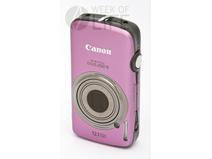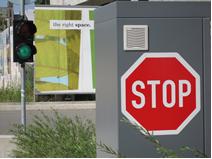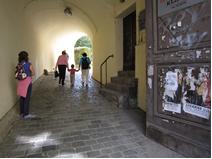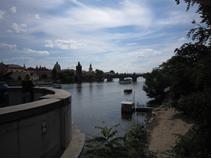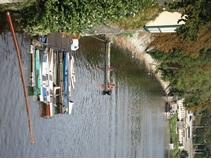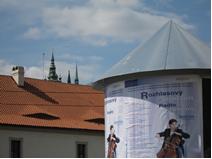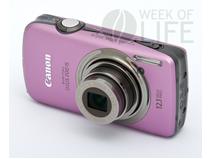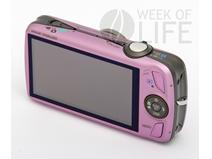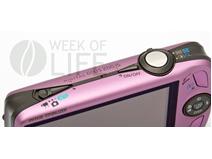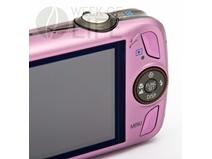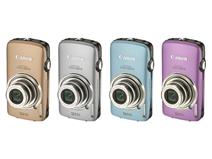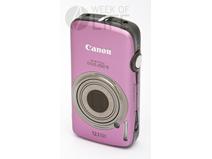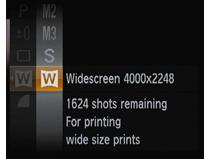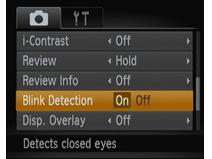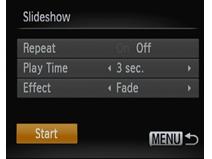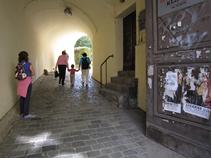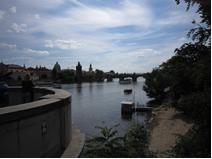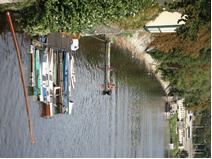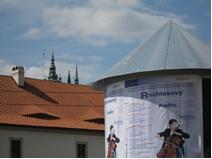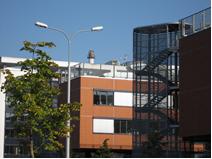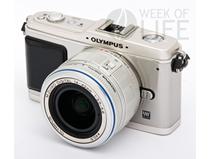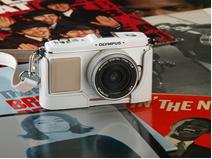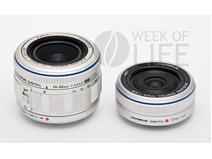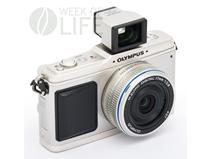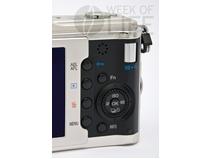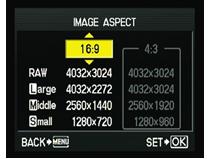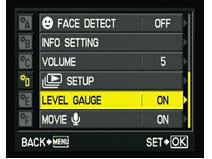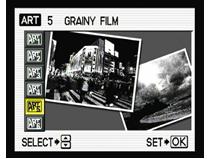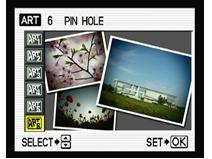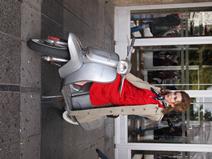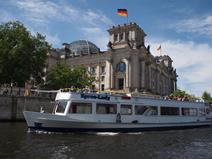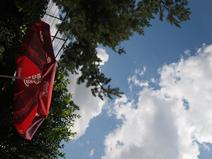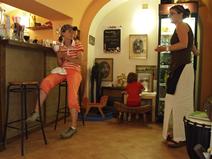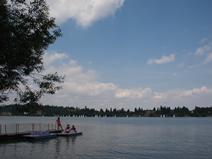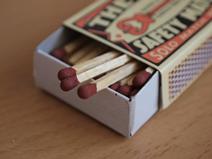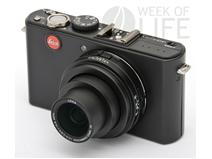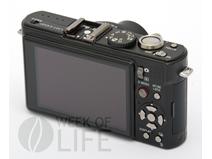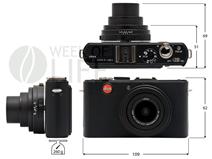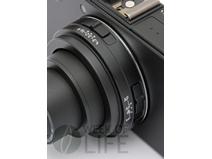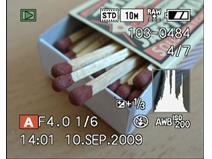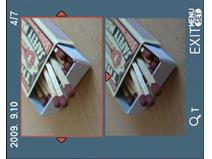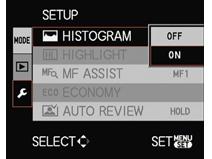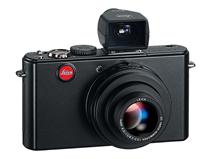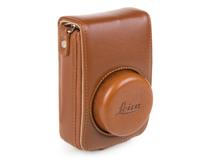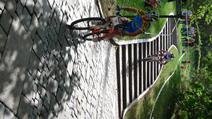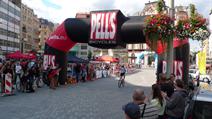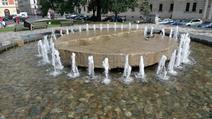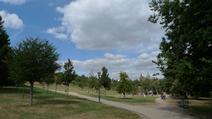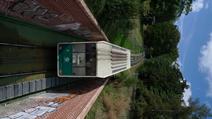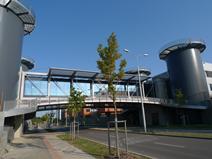Digitální fotografická technika je vzhledem ke svému překotnému vývoji tak trochu pomíjivá. Existují ale vzácné výjimky a zpravidla jsou to fotoaparáty, které již v okamžiku zrodu mají takřka zajištěnou nesmrtelnost. Čím je výjimečný Olympus Pen E-P1, aby si zasloužil rezervovat místo v síni slávy digitálních fotoaparátů?
Olympus Pen E-P1
Digitální fotografická technika je vzhledem ke svému překotnému vývoji tak trochu pomíjivá. Existují ale vzácné výjimky a zpravidla jsou to fotoaparáty, které již v okamžiku zrodu mají takřka zajištěnou nesmrtelnost. Čím je výjimečný Olympus Pen E-P1, aby si zasloužil rezervovat místo v síni slávy digitálních fotoaparátů?
Předně uveďme malý exkurs do historie značky Pen – protože digitální model, zrozený v roce 2009 není ani zdaleka první svého jména. Tento název totiž Olympus oživil přesně po padesáti letech od doby legendárního kinofilmového Penu. Ten představoval malou pohotovou zrcadlovku na tzv. půlený formát, které se po celém světě prodalo 17 milionů kusů. Digitální Pen však není – jak ve svých reklamních materiálech Olympus tvrdí – zrcadlovkou, není však ani kompaktem. Jaký koncept tedy tento přístroj zastává?
Olympus Pen E-P1 je aparátem tzv. Micro Four Third (nebo Micro 4/3) standardu. Ten je specifikován snímačem o přibližně čtvrtinové velikosti kinofilmového políčka (17,3 × 13 mm), tedy čipem velmi podobným snímačům zrcadlovek značek Olympus nebo Panasonic. Rozdíl je ale v odlišném bajonetu – uchycení objektivů. Ten má oproti zrcadlovkám odlišnou velikost, jiné provedení kontaktů a je také umístěn blíže ke snímači. Právě vzhledem k posledně zmiňované skutečnosti nelze přístroje Micro 4/3 standardu konstruovat jako zrcadlovky – zrcátko a ostatní komponenty se zkrátka do zmenšeného prostoru mezi bajonetem a snímačem nevejdou. To ale není vada, nýbrž záměr tvůrců tohoto nového standardu.
| Olympus Pen E-P1 – ve zkratce | |
| Rozlišení | 12 Mpx, stabilizace snímače |
| Optika | podle objektivu |
| Video | HD (1 280 × 720 px) |
Cílem totiž bylo systém zmenšit, ovšem při zachování vynikajících obrazových vlastností zrcadlovek, které těží hlavně z velkého snímače (pozn.: digitální kompakty mají snímače velké cca 7 × 5 mm, často i méně). Vyjmutím zrcátka se také minimalizovaly mechanické součástky fotoaparátu a značně se omezilo chvění při expozici.
Základní technická charakteristika je tedy taková: Olympus Pen E-P1 je fotoaparátem se „zrcadlovkovým snímačem“, výměnnými objektivy, na rozdíl od zrcadlovek je však konstruován jako kompaktní přístroj bez hledáčku (byť nasazovací hledáček – jak se dozvíte dále – se v omezené míře použít dá).
I když Pen na fotografiích skutečně vypadá jako běžný kompakt, který výrobce pojal v retrostylu, dobře si všimněte rozměrů a zejména hmotnosti. Z pohledu velikosti a váhy leží na pomezí zrcadlovek a kompaktů.
Samotné tělo Penu se vyrábí ve dvou provedeních, které se liší povrchovou úpravou. Kromě takříkajíc klasického designu, kdy je kombinováno leštěné a broušené kovové opláštění povrchu s černými doplňky, lze zakoupit také bíle lakovanou verzi doplněnou krémovými díly. Na snímku vidíte bílou verzi Penu s nasazeným volitelným otevřeným koženým pouzdrem.
Jak jsme již uvedli, Olympus Pen E-P1 je „kompaktem s výměnnými objektivy“. Protože jde o teprve nedávno uvedený systém, jsou zatím k dispozici jen dva objektivy této značky. Prvním z nich je základní zoom Olympus M.Zuiko Digital 14–42 mm F3,5–5,6, druhým je pak monofokální tzv. „pancake“ (pancake = palačinka, lívanec) Olympus M.Zuiko Digital 17 mm F2,8. Abyste si udělali představu o úhlu záběru vztaženému ke kinofilmu, musíte vzhledem k menšímu snímači vynásobit ohnisko objektivu Micro 4/3 systému dvojnásobně. Například 17mm M.Zuiko Digital tedy odpovídá snímacímu úhlu přibližně klasické kinofilmové pětatřicítky.
| Super vychytávky |
| Špičková obrazová kvalita |
| Retro design |
| Funkční vybavení |
Protože k otevřenému standardu Micro 4/3 přistoupil kromě Olympusu také Panasonic, můžete na Penu používat také objektivy od tohoto výrobce, jež nabízí další ohniska.
Jak jsme již uvedli, Olympus Pen nemá optický ani elektronický hledáček. Budete-li však fotografovat s plochým objektivem Olympus M.Zuiko Digital 17 mm F2,8, můžete používat externí průhledový hledáček, který je součástí prodejního Pancake Kitu.
Jak jste si mohli všimnout, výrobce nevybavil Pen vestavěným bleskem. Budete-li přesto blesk potřebovat, můžete sáhnout po typu Olympus FL-14, který byl přímo pro Pen vyvinut. Fungovat budou ale i ostatní externí systémové blesky kompatibilní se zrcadlovkami Olympus.
 |
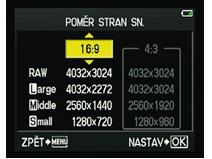 |
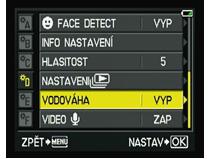 |
 |
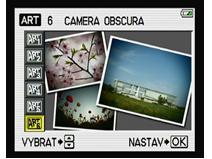 |
Většina ovládacích prvků se nachází v pravé zadní části fotoaparátu. Zde si všimněte dvou netradičně konstruovaných, ale plně funkčních rollerů – ovládacích koleček. Označení ale není přesné, protože horní má tvar svisle orientovaného válečku v pravém horním rohu, druhý roller pak simuluje okruží kolem čtyřsměrného voliče. Například v manuálním expozičním režimu tedy jedním nastavujete clonu, druhým čas, v ostatních režimech pak třeba clonu a korekci expozice. Navíc ještě záleží na vašem uživatelském nastavení, protože fotoaparát fotografovi umožňuje mnohé funkce předefinovat podle vlastních potřeb.
V samotném menu budou okamžitě jako doma uživatelé digitálních zrcadlovek značky Olympus, je s nimi totiž de facto shodné. Od toho se také odvíjí vynikající funkční vybavenost, kdy nechybí například ani takové vychytávky, jako je elektronická vodováha, vícenásobná expozice či možnost sloučení dvou snímků přímo ve fotoaparátu. Po vzoru nových zrcadlovek Olympus, je také Pen vybaven tzv. ArtScenes – šesti motivovými programy, které poměrně výrazně upravují vzhled snímku. Jmenujme například Kamera obscura (dírková komora), Pop-art, nebo Zrnitý film.
Celkové hodnocení
Olympus Pen E-P1 je vynikajícím fotoaparátem pro každého, komu vadí rozměry a hmotnost digitálních zrcadlovek, ale nechce se však vzdát jejich vysoké obrazové kvality. Představuje ideálního společníka na cesty, pro tzv. street fotografii nebo dokument. Méně vhodný je pro fotografování rychlých akčních scén, typicky sportu. Obrazová kvalita je vynikající, ovládání intuitivní, nechybí samozřejmě české menu.
Běžná cena (v době publikování recenze)
Pouze tělo: 18 000 Kč
Kit s objektivem 14–42 mm: 19 000 Kč
Kit s objektivem 17 mm a optickým hledáčkem: 22 000 Kč
Kit s oběma objektivy a hledáčkem: 24 000 Kč
Základní technické údaje
Snímač
Live MOS 17,3 × 13 mm
12 Mpx (4 032 × 3 024 px)
Citlivost ISO 100 až 6 400
Stabilizovaný snímač
Optika
Podle objektivu
Paměťové médium
SD, SDHC
Datové formáty
Obraz: JPEG
Video: AVI
Video
1 280 × 720 px, 30 fps
640 × 480 px, 30 fps
Zvuk stereo PCM/16bit, 44,1 kHz
LCD
Úhlopříčka 3“ (76 mm)
230 000 px
Napájení
Li-Ion akumulátor
Rozměry a hmotnost (pouze tělo)
121 × 71 × 35 mm (š × v × h)
380 g (vč. akumulátoru a paměťové karty)

